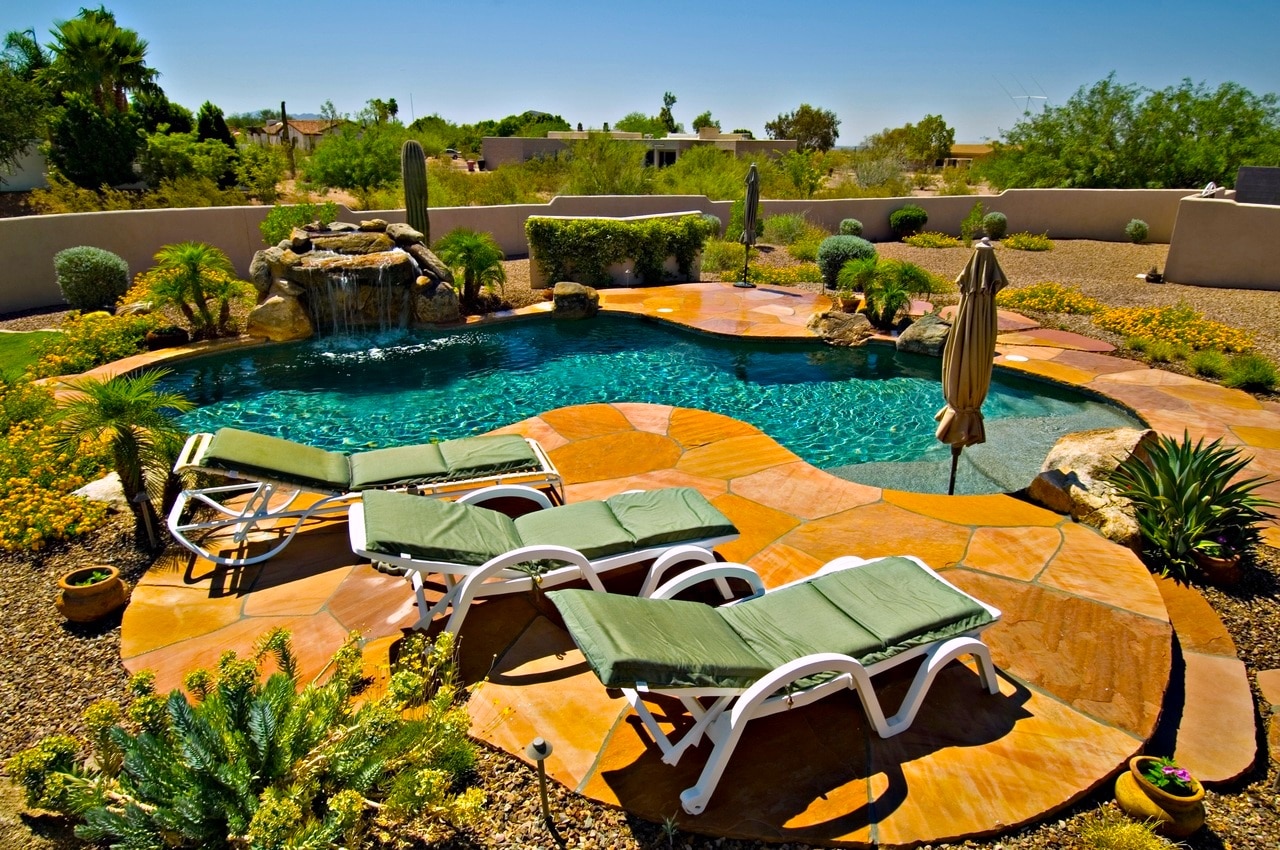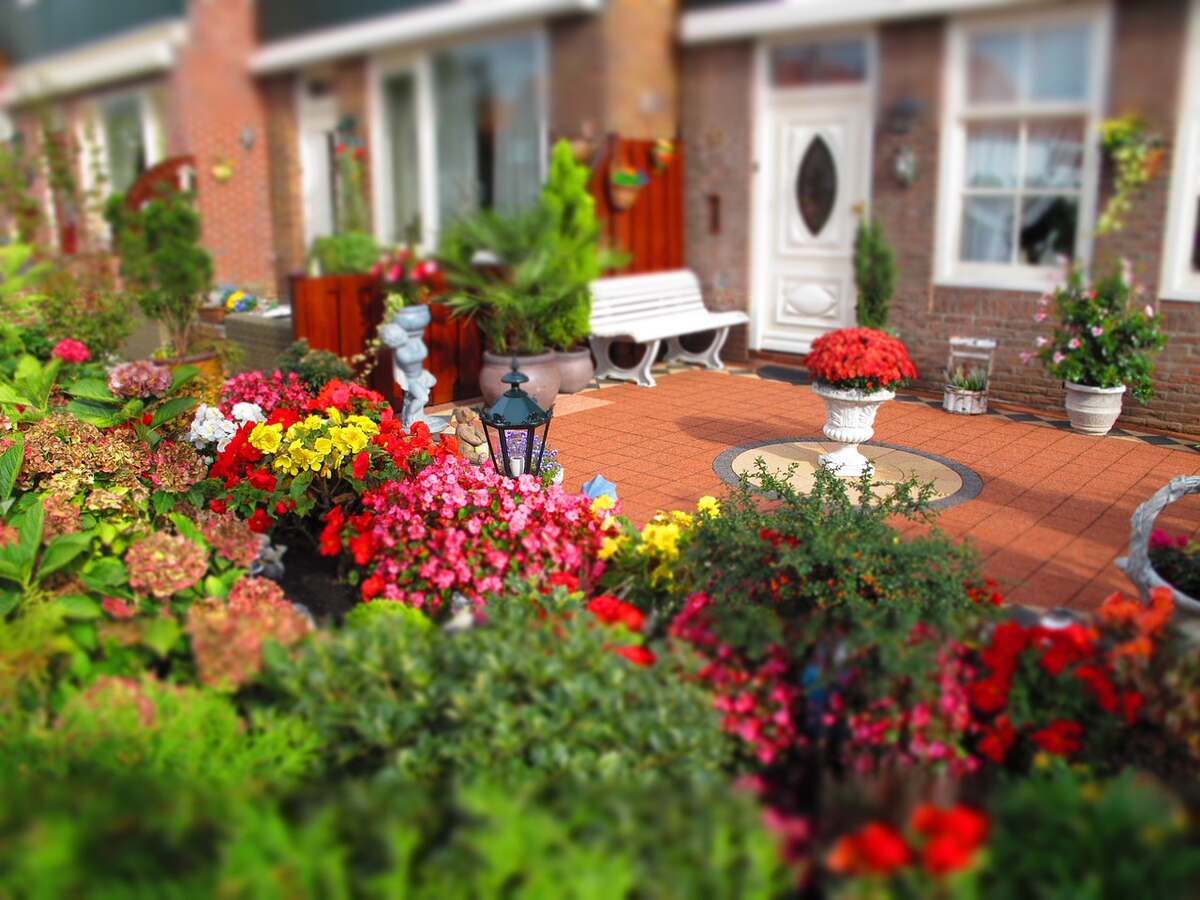
Cool nights on the screened porch feel luxurious after a hot summer day. No mosquitoes or other buzzing bugs, just the sites and fragrances of the landscape at night. But with no stinging bugs comes the cost of a slightly obstructed view of the surrounding nature. So what exactly are the pros and cons of a screened-in porch, and is it the right pick for your home? Let’s take a look.
What is a Screened-in Porch?
A screened-in porch is a porch enclosed with framed, screen windows. The screen is usually built around an existing porch’s floor and with a separate roof from the house.
A screened-in porch can be in the front, back, or side of the house. Screened porches on the side or back of the house usually add value and curb appeal to the property, whereas a screened-in front porch is less popular because there’s usually less privacy.
What are the Benefits of a Screened-in Porch?

Perhaps the best benefit of a screened-in porch is the ability to enjoy the outdoors while protected from insects. But there are others:
- It adds an outdoor living room to your home.
- A screened porch allows good flow of fresh air.
- It’s a great place to move houseplants for the summer. The plants can enjoy a good growing season protected from pests.
- No insects on you or in your food when you decide to have meals outdoors.
- Reduces dirt and debris on the porch and furniture.
- You can install electronics, which the roof and screen can help protect from the weather.
- Provides a limited, weather-protected entertainment area.
- Allows pets an opportunity to enjoy fresh air while staying safe inside the porch.
What Are the Cons of a Screened-in Porch?
- The screen can somewhat hinder the view.
- Installation can be expensive. Expect to pay between $1,680 and $2,490 to screen an existing 200-square-foot porch. Building a new 200 square-foot porch typically ranges between $4,800 to $24,000. Add on the screening cost, and you can expect to pay between $6,480 and $26,490 to build a new screened-in porch.
- You’ll need to maintain the screen. If the screen gets damaged, it will need replacing. You’ll also need to vacuum the screens periodically to remove any dust that gathers in the mesh.
- Because you’re more likely to store items in a screened-in porch than an open porch, this increases the risk of wind and rain damaging various valuables.
Living With a Screened Porch
Screened porches can be as simple or elaborate as you like. They can be furnished with any style of outdoor living furniture. Furnish in the same furniture style as the rest of the home to enhance the sense of expanded living space.
They can be wired for ceiling fans, lighting, and entertainment equipment, and plumbed for a wet bar. Depending on location, you may have to protect items on the porch from any weather that may blow in through the screens, such as rain and wind. You can install shades, blinds, or other material to reduce water and wind intrusion.
In moderate climates, you may be able to use your porch year-round if a heater is installed. Those in colder climates may have their screened-in porch for three seasons, but may not be able to use the porch in winter.
FAQ About Screened-in Porches
Although similar, a sunroom differs in that it is part of the house, under the same roof. It is enclosed completely with glass and screen windows, walls, and doors. Sunrooms usually can be used year-round because they can be connected to the home’s heating and cooling system. Or they can have their own heater, such as an electric fireplace.
Vacuum the screens periodically, but especially in spring when opening up the porch. If the screens are removable, pull them out once a year and spray them with water from the hose. Wash them down with a brush, rinse, dry and reinstall.
There are many screen materials available for a screened-in porch. Here are some examples:
● Vinyl or PVC-coated polyester is tear-resistant, pet-resistant, and good at blocking dirt and sun.
● Aluminum is tough, but can dent easily. It does not rust or sag, and usually lasts a long time. Small pets are able to get their claws in the screen wire and bend or break it.
● Fiberglass is affordable and doesn’t dent. Good inside-out visibility and low sunlight glare. However, it’s easy to tear fiberglass and pets’ claws can be destructive.
Turn to the Professionals
If the pros outweigh the cons and you’re ready for your bug-free porch, connect with a local construction professional who can install your new screened-in porch. No longer want an obstructed view? A skilled professional can also remove your porch’s existing screens.
Before updating your porch with a new screen, remember to check your county’s local ordinances (or your HOA’s rules), as some municipalities may require permits for porch construction.
Main Image Credit: EricViga / Canva Pro / License




